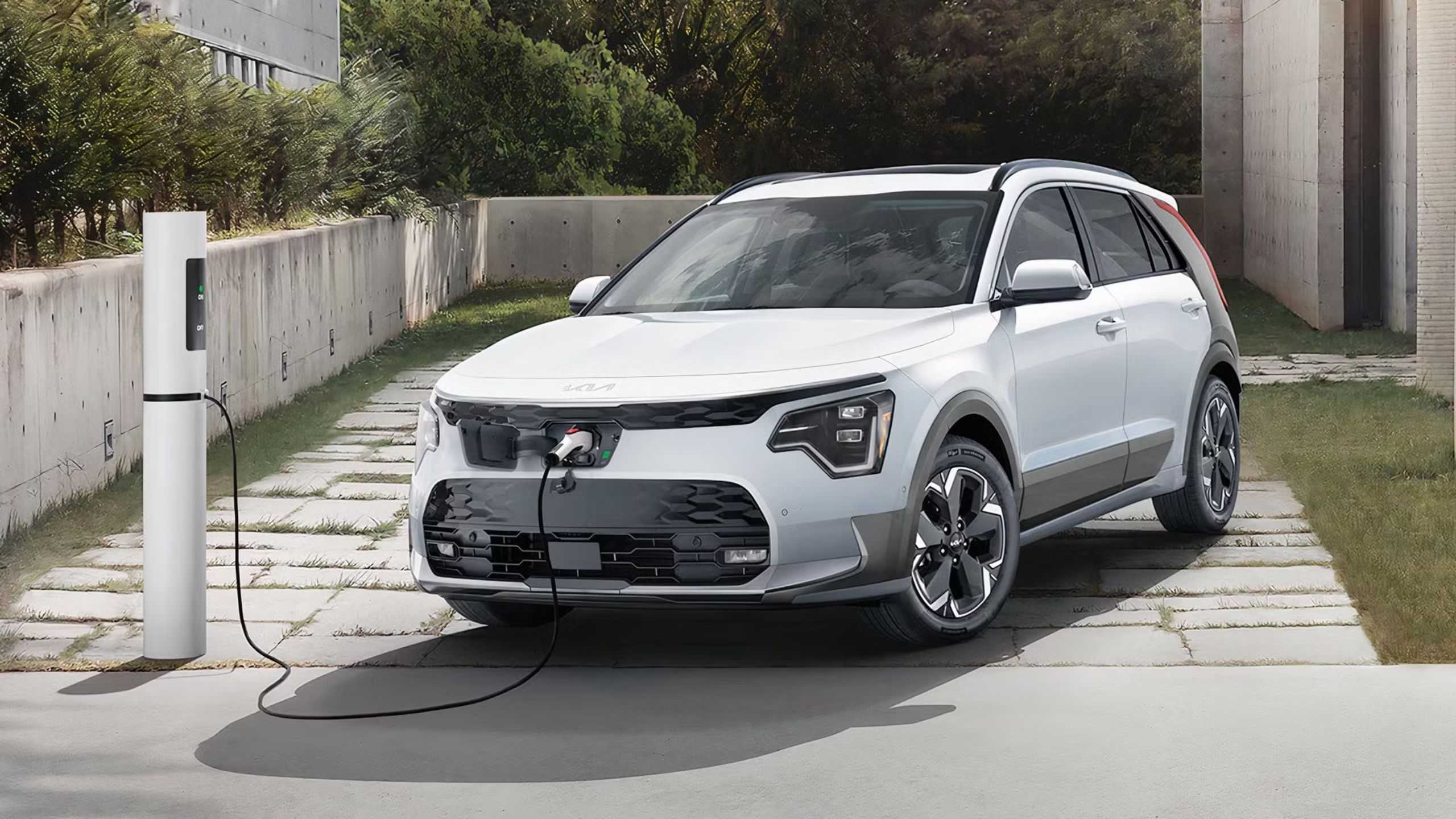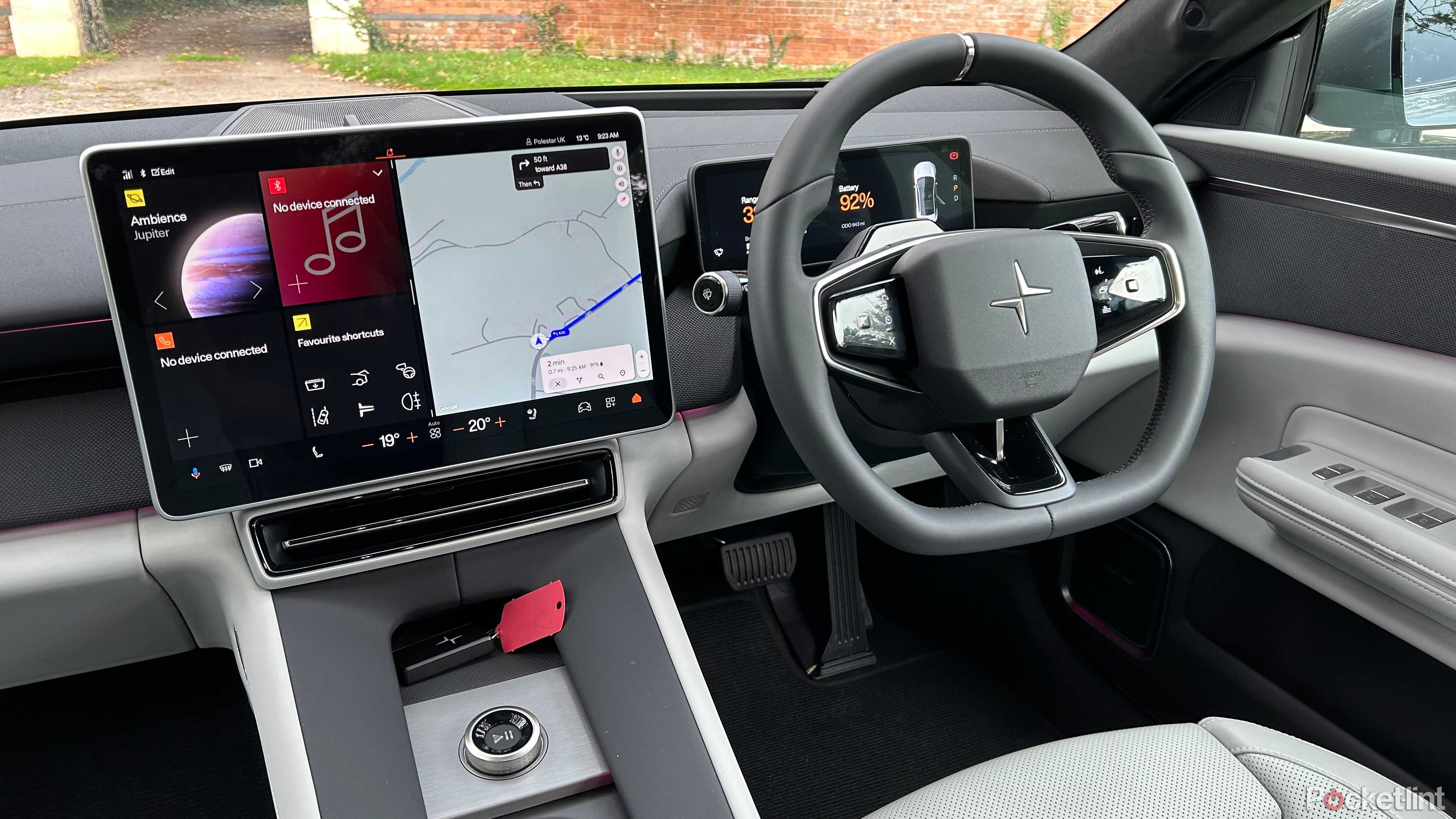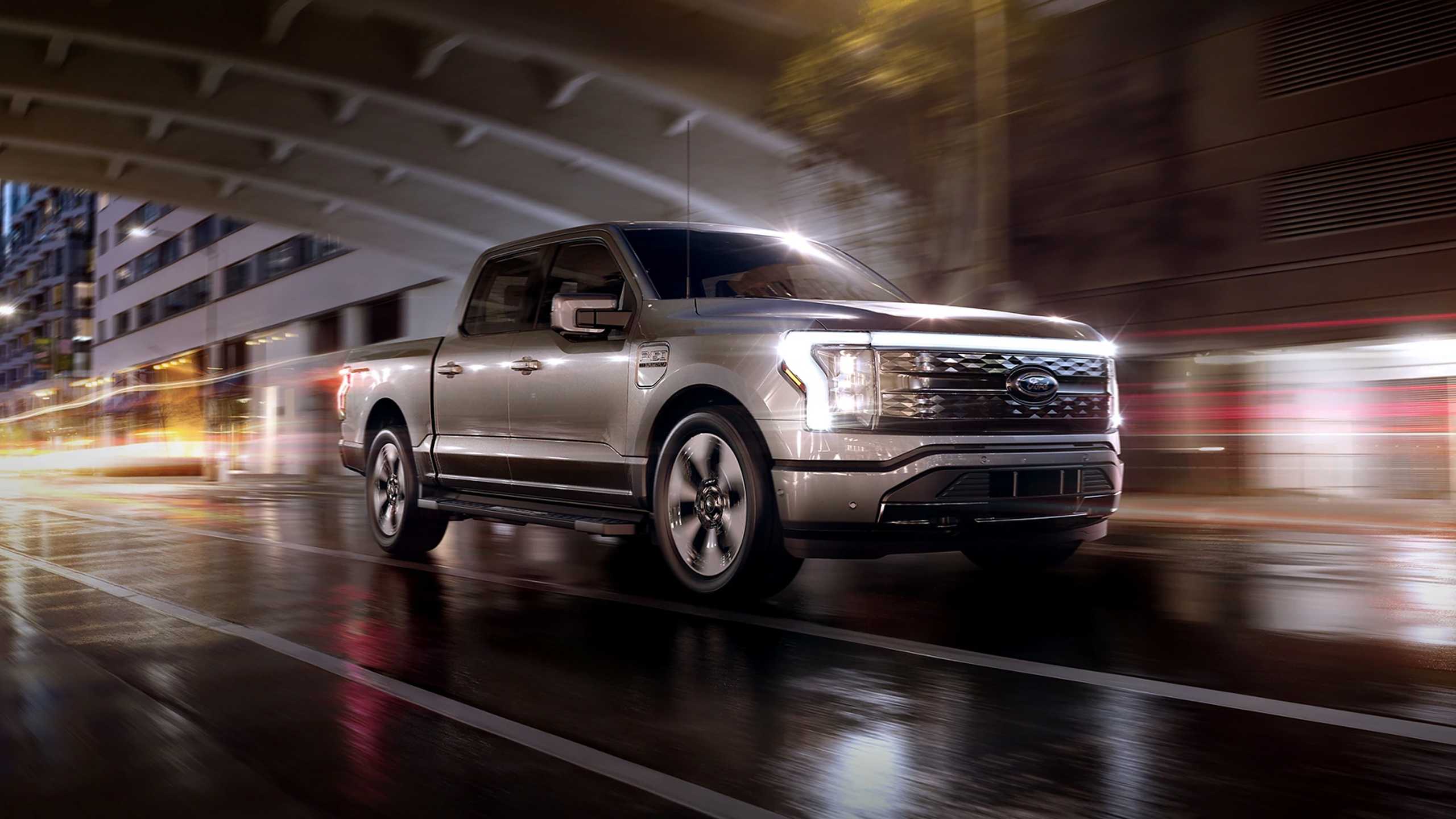- Electric vehicles can experience a reduction of 10 to 20%, or even more, in their range when exposed to cold weather conditions; however, several methods are available to counteract this effect.
- Preconditioning along with features such as heat pumps can make a significant difference.
- Electric vehicles might actually have an advantage when it comes to grip on ice and snow, depending on the motor and tire setups.
Many misconceptions continue to circulate regarding electric cars As little as two years back, a person I encountered at a car dealership firmly believed he would never operate an electric vehicle (EV) due to his fear of being electrocuted while driving through a puddle. I informed him that this concern was unfounded, as it isn’t a risk. recent EV owner I had to keep quiet about all the issues with that concept. Firstly, a gasoline-powered car wouldn’t function properly if water kept entering its frame.
Another misconception is that electric vehicles perform poorly in cold regions such as Edmonton, which I'm currently experiencing. In truth, I notice many EV owners On the road daily, there are aspects related to driving in snowy areas that you should be aware of, even though certain points might not have crossed your mind yet.
The range significantly decreases when it gets cold.
Keep an eye out when you're traveling (and looking for a new car).

This assertion holds merit—your electric vehicle will experience a notable reduction in range when temperatures drop below freezing. This decline usually falls within the range of 10 to 20 percent; thus, a car with a typical range of 250 miles (402 kilometers) could be limited to around 200 miles (322 kilometers). Therefore, reconsider embarking on a lengthy journey with your Kona Electric under such conditions.
While this dip is short-lived and controllable provided you’re ready for it, there could still be some adjustments needed. For example, ensure you charge your vehicle each time it’s parked at home or make frequent stops at charging points during intercity trips. Additionally, exercise caution with using excessive cabin heating since it consumes considerable battery power; only utilize what is necessary to remain cozy unless your journey is quite brief.
Given these factors, it's crucial to emphasize range when purchasing an electric vehicle initially. In my opinion, I would not consider an EV unless it offers at least 250 miles of maximum driving distance, with 300 miles being preferable. Fortunately, vehicles offering over 300 miles of range are increasingly common among budget-friendly options — for instance, the Chevrolet Equinox EV priced at $33,600 boasts a remarkable 319-mile (513-kilometer) range.
Conditioning will turn into a routine.
Keep your smartphone handy

To address range concerns, one strategy known as preconditioning can be employed. This method entails heating an electric vehicle’s battery while it remains plugged into a power source, thereby minimizing external temperature effects once disconnected. Of course, this approach has limitations; prolonged use will eventually cause the battery temperature to decrease again. Nonetheless, it is straightforward to implement because many manufacturers provide options for scheduling preconditioning via dedicated mobile applications. For instance, if you consistently depart for work at 8 AM daily, your vehicle could be prepared beforehand just by using such an app.
One advantage of this feature is that you can also preheat your cabin, making it cozy upon arrival and more efficient to maintain at that temperature. Actually, an intelligent approach would be to activate either the seat heaters or the steering wheel heater, as these will keep you warm without needing to rely heavily on the vehicle’s climate control system.
You won't perish from cold if you get stuck in a snowstorm.
Another misconception to debunk

There’s a misconception that electric vehicles (EVs) perform worse than gasoline-powered cars when stuck on a highway during a snowstorm. While it’s true that batteries can lose power more quickly in cold weather—especially if they’re nearly depleted—you might face comparable challenges with a gas car as well. Additionally, both types of vehicles will have reduced functionality if their engines aren’t running, due to limited heat for cabin comfort and potential mobility constraints.
A while back, Car and Driver I tested a Tesla Model 3 versus a comparable gasoline car in similar conditions. At an outdoor temperature of 15°F (approximately -9°C), the Model 3 was expected to run for around 45 hours when fully charged, maintaining the interior at 65°F (18°C). In contrast, the gas-powered vehicle could operate for roughly 52 hours with a full tank. It’s worth noting that people rarely remain stranded inside their cars beyond several hours, so assistance would likely arrive well ahead of either vehicle running out of power.
Electric vehicle heating technology is getting more efficient.
Search for this technology while you're surfing online

Throughout the years, many experiments have taken place to determine the essential features required to make electric vehicles (EVs) viable. For quite some time, EVs were released without battery heaters—a fact that now appears absurd, considering that automotive engineers must surely have experience with cold climates and icy conditions. Battery heaters are becoming standard equipment for optimizing range; however, when planning extensive winter travel, always verify the vehicle’s specifications to ensure they include this feature.
Similarly, look for models equipped with heat pumps for cabin warming rather than using radiators. Just like in homes, heat pumps generally provide better efficiency, which can significantly affect maintaining comfort inside the cabin without negatively impacting fuel economy. Should a heat pump not come as part of your desired model’s standard features, consider paying extra to add it as an optional feature; this would be highly advisable if budget allows. The additional expense could potentially be balanced out—though only partially—by reducing how frequently you need to recharge.
Traction should be at least as good, if not superior to, that of a gasoline vehicle.
Switching entirely to electric power opens up new possibilities.

Like you might anticipate, there isn’t necessarily a specific reason for an electric vehicle to perform poorly on slick surfaces compared to one powered by gasoline. While some models opt for specialized tires aimed at optimizing energy usage, these typically shouldn’t significantly affect traction—actually, EVs often come equipped with tires designed for better hold because their electric motors can deliver immediate torque and quicker bursts of speed. My own 2018 Nissan Leaf could even leave many sports cars behind when I turned off its Eco mode due to its superior acceleration capabilities.
Based on your purchase choice, an electric vehicle might indeed excel in icy and snowy conditions, provided you avoid slamming the accelerator too harshly and causing a skid. The additional torque could prove useful when extricating yourself from being stuck, plus some EVs employ multiple independent motors that facilitate specialized functions for navigating treacherous roadways. Personally, I would prefer piloting a twin-engine Rivian R1T over a comparable single-engine gasoline pickup. By the way, regarding the R1T, they're set to release a four-motor variant in 2025 capable of individually regulating power distribution across all wheels.
